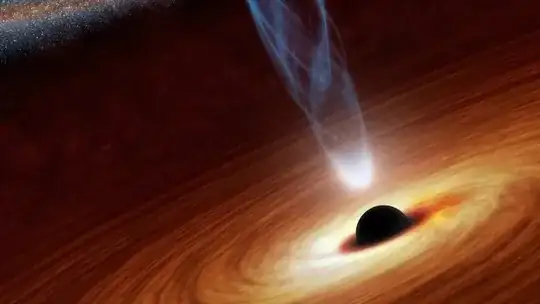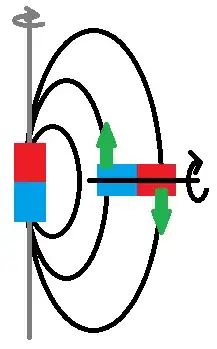Yes, but no. Basically, what you are asking for is a tilted axis planet that acts like a tidally locked world, and this just doesn't work. You can have the exact same on-planet conditions, except the part that always faces the sun would be better called the "east pole" rather than the south pole. If your planet has an axis of 0 degrees (I know this is the exact opposite of what you are wanting) and you have it rotating around its axis so slowly that it completes 1 revolution per orbit, you will have 1 side of the planet in eternal night, and the other side in eternal day, and both the north and south poles will both be in the thin borderlands between the two sides, so in the end you basically have an east pole and west pole in either eternal day or eternal night, but not a southern pole.
Alternatively, you can have a tilted axis world like Uranus, if you do this the day and night side will change throughout the year, in the spring and fall you will have have an equivalent day-night cycle on all parts of the world, and in summer one pole will be in eternal day only for it to switch halfway through the year in winter. You can have one or the other, but not both.
Now are these likely? Yes, very. Basically, a tidally locked world is probably more likely to exist around a red dwarf star, and it may be able to support an earth-like ecosystem in the borderlands between the day and night sides of the world. A high axis world is going to be very different, they can exist pretty much anywhere and be any size but will likely be naturally uninhabitable, the seasons are just to extreme. For your world, I wouldn't try and do something crazy. There is no particular reason for the planets south pole to always face the star, and to get the effect you want all you need to do is make the world tidally locked. My advice: Remove the high eccintricity and just make the thing tidally locked to a red dwarf star, or any type of star if it doesn't need to be habitable, this would preserve the feel of the world without requiring any gymnastics and doesn't require any significant suspension of disbelief.


Life like humans won't be able to survive on a tilt greater than 80 degrees. So to answer your question as close to 80 as your comfortable and it will still be plausible. Final thing to note is that if you go above 53 degrees your temperature zones reverse, so your polar regions will be at the equator and your tropics will be be at the poles. – Choosing axial tilt for human habitable planet for largest temperature variations
– Mazura Aug 04 '17 at 18:26